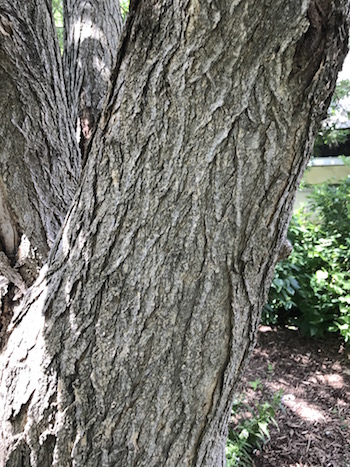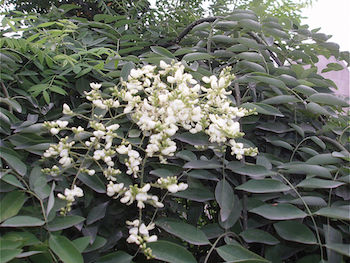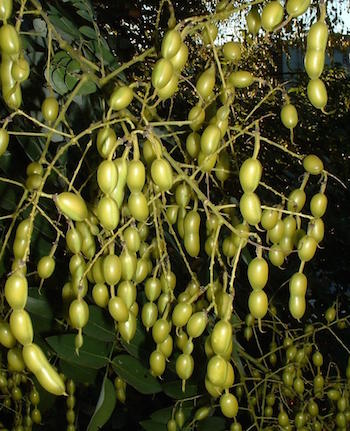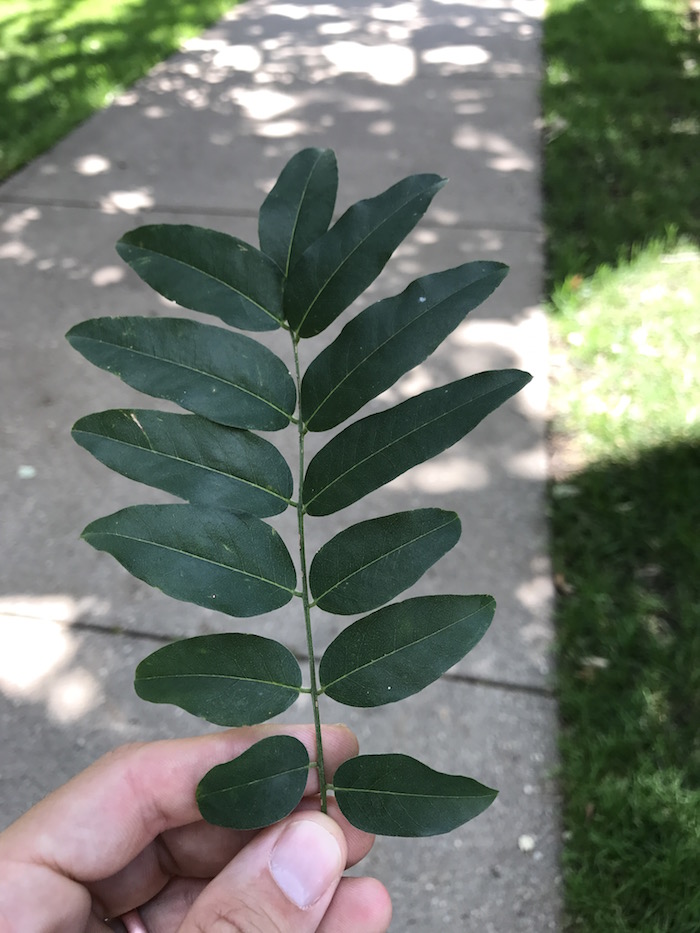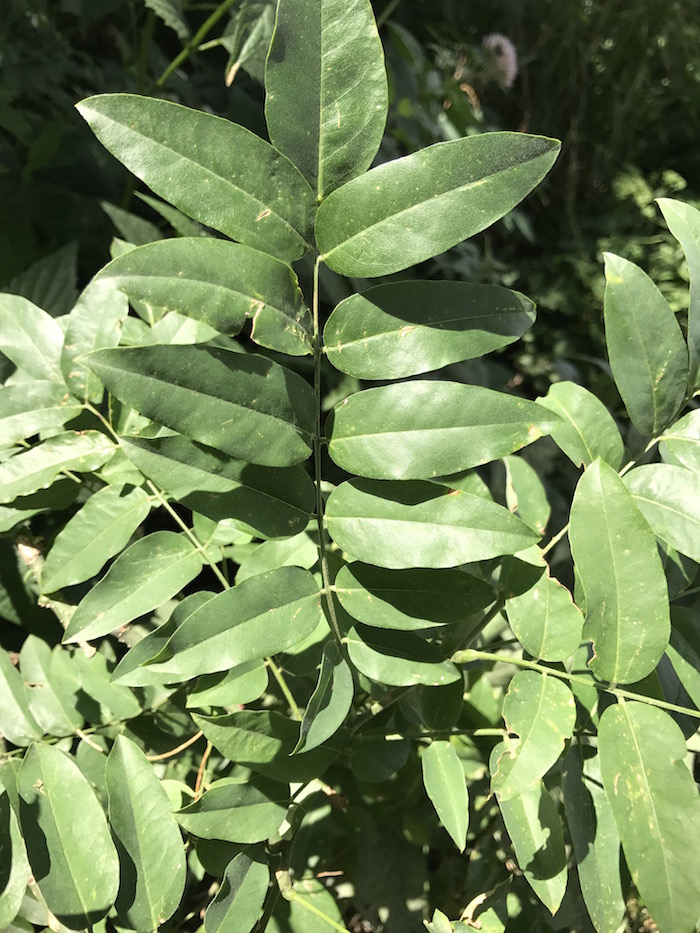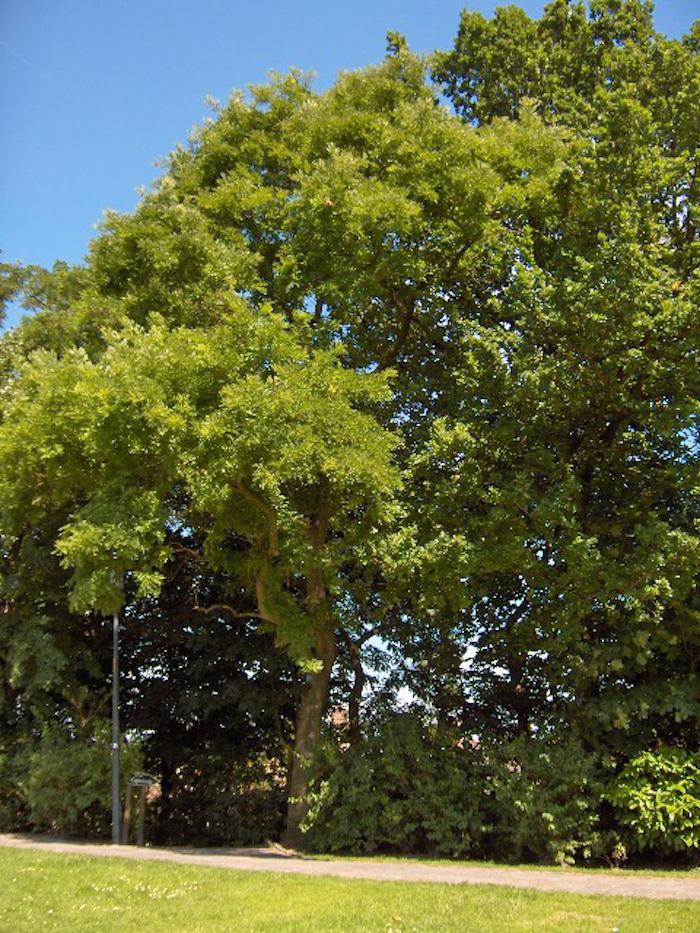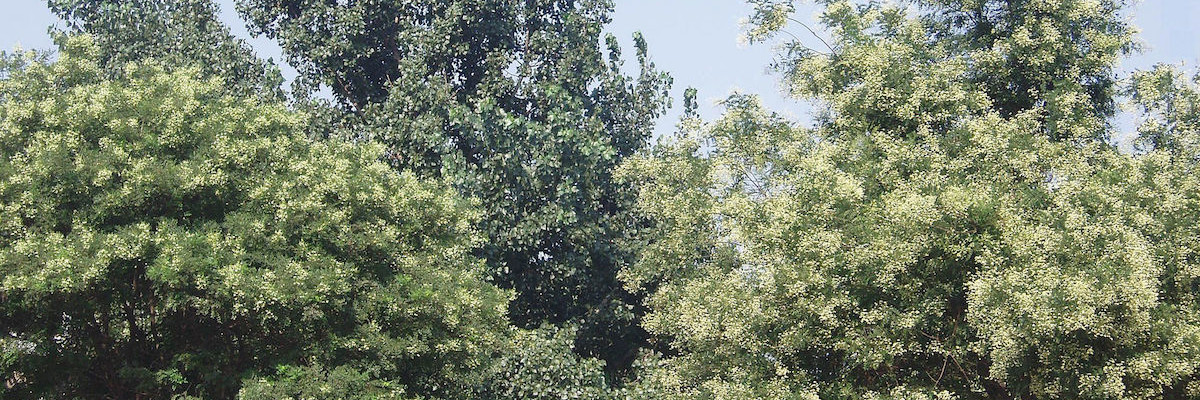
Description:
The Japanese pagoda tree is known for its fragrant flowers and attractive foliage. Leaves are compound, with 7-17 pinnate, bright green leaflets. Flowers resemble typical pea flowers and grow in showy, creamy white clusters with a lovely fragrance. Flowers fall together in midsummer, creating a fragrant blanket of white around the tree. Flowers give way to long, bright green seed pods that remain on the tree throughout the winter.
Though the common name suggests the tree comes from Japan, the pagoda tree actually originates in China and the Korean peninsula. The common name probably comes from the popularity of pagoda trees in the grounds of Buddhist temples in East Asia. The flowers have been used in traditional East Asian medicine and the colorful dyes can be extracted from the seed pods. Since the 18th century, the tree has been widely cultivated outside of East Asia, including in Europe, North America, and South Africa. Though a member of the Fabaceae, the pagoda tree does not fix atmospheric nitrogen through symbiosis with rhizobia bacteria.
This particular tree is one of three planted on the St. Paul Campus, and is part of the butterfly garden south of Green Hall.
Issues:
The pagoda tree is not affected by any serious pests.
Other Resources:
Photo Credit: Public Domain
